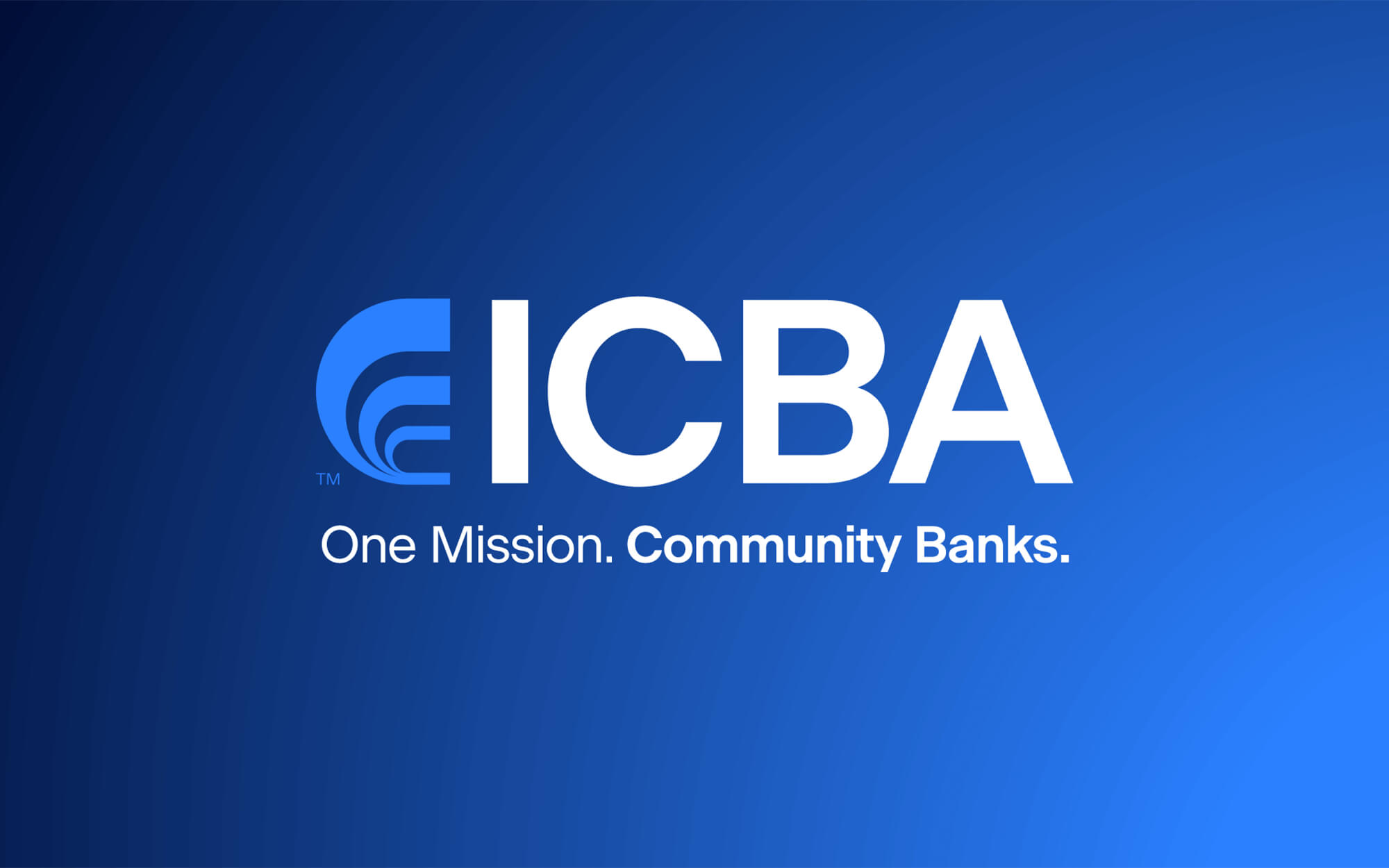Getting a read on whether your employees are truly happy is as simple as asking them. By including the right questions in employee surveys, management can better uncover their teams’ goals and challenges, experts say. The key is using this feedback in constructive ways to boost retention, foster satisfaction and build a thriving workforce for long-term success.

Valerie Utsey, ICBA’s executive vice president and chief people officer, says community banks should keep surveys short and sweet. Each survey should center on one theme, such as employee engagement, career development or management effectiveness. You can follow up with other surveys in the future.
“That way, it’s short enough that you’ll get a high response rate,” Utsey says. “Also, make it meaningful enough by including action items or by having results that can lead to action items. Have a clear objective by defining a specific insight that you want to gather and that will be used to drive the action.”
When reviewing the results of your survey, Utsey suggests looking for any recurring themes or pain points and flagging any that need immediate attention. Be sure to analyze according to demographics, such as tenure, job title, department or branch location.
Take informed action
Build your action plan based on the insights from your analysis. Prioritize two to three key areas to work on that will make the biggest impact, creating a timeline and clear ownership for the initiative.
“Share the key findings with employees in a timely manner. Don’t let a year go by before they hear the results,” Utsey says. “In your communication with them, outline concrete steps that you’re taking and then provide regular feedback and updates as you’re implementing or making changes. Communicate progress consistently, linking each update to specific initiatives in your action plan.”
Avoid analysis paralysis
Deren Koldewyn, president of customer and employee engagement solution provider Avannis LLC in Centennial, Colo., advises that participation rates will decline in future surveys if employees don’t see that their feedback is acted upon.
“You’ll get a lot of feedback, and it will be difficult to know where to start, so you’ll want to make sure to avoid analysis paralysis,” he says. “Select just one or two things to start with. If you need help deciding where to start, you can try a couple of approaches we’ve seen work well with our clients.”
One approach, Koldewyn says, is to simply review what resources are available and choose to focus on the feedback that can be addressed successfully with those resources. If it’s a survey conducted by a vendor, ask the researcher for a correlation matrix that shows which areas have the most impact on employee satisfaction.
“Either way, what’s most important is that you do something, so employees can see their feedback matters,” Koldewyn says. “Make sure you share what steps are being taken, using broad communication channels, and link your efforts to the feedback employees provided.
“Even if you can’t do everything your employees want, they will know you care and will want to help you achieve the bank’s vision.”
Essential questions to ask in employee surveys
Ask high-potential employees these standard questions:
What do you like most about working here?
What motivates you? What demotivates you?
Which of your skills are not being used in your current role?
What would make your job more satisfying?
What does your manager do that you value the most?
What do you wish your role had more of? Less of?
Recall a time you had a fulfilling day at work—what made it great?
If there was a time you felt like quitting, what made you feel that way?
Create a checks and balances system
Employee surveys should gauge the level of support workers believe they’re getting in their job, such as management feedback and recognition, training opportunities, and availability of resources, says Mark Duffy, president and CEO of $803 million-asset Mountain Pacific Bank in Everett, Wash.
“Determining the level of support an employee feels is an insightful way to uncover their goals and challenges,” he says. “The employee’s perspective allows us to identify whether goals are aligned and if any adjustments need to be made to help achieve those goals.”
Mountain Pacific Bank collects such feedback from its employees with the intention of making “meaningful changes to demonstrate our commitment to employee satisfaction,” Duffy says. Employees can see that the bank is striving to create “an open and inclusive culture” where feedback is valued and acted upon.
“To be able to provide the excellent customer service that we do, our employees need to feel valued and proud of being a part of Mountain Pacific Bank,” Duffy says. “When employees feel that their voices are heard, that we value their opinions and that we’re willing to work toward continuous improvement, we earn their respect, and that shows through in the work they do every day.”



